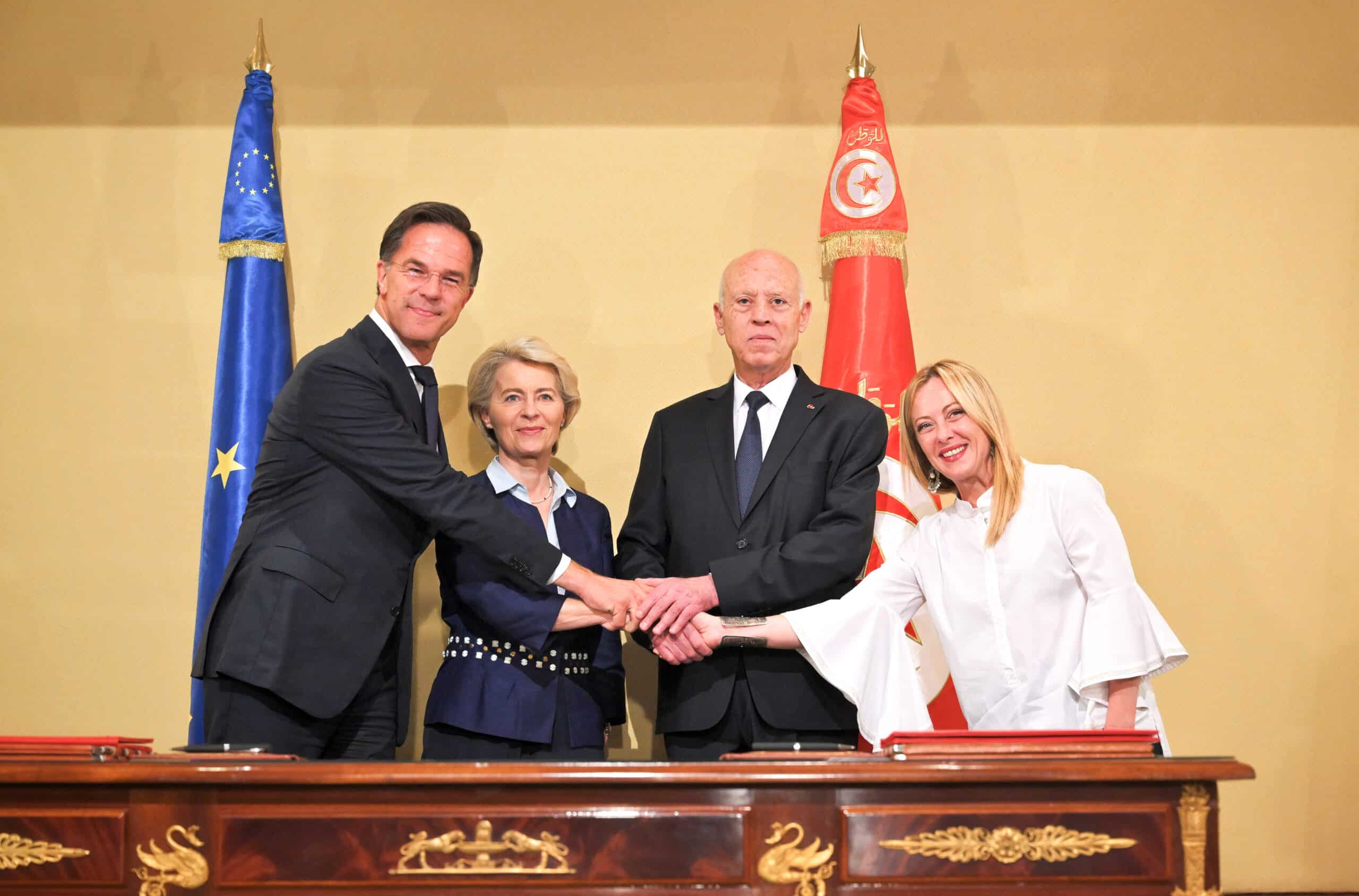Brussels – Today is the most important day for the EU Act on Artificial Intelligence, resulting possibly the world’s first legislation on the subject. But it is not so certain that the co-legislators of the EU Parliament and the Council will reach an agreement, as the possible final round of trilogues scheduled for this afternoon (Dec. 6) could still run fall through due to some obstacles that the Spanish rotating presidency of the EU Council itself is trying to overcome. “We have aligned our positions and we have enough flexibility to discuss with Parliament,” the Spanish Secretary of State for Digitization and Artificial Intelligence and rotating chair of the EU Council, Carme Artigas, said speaking yesterday (Dec. 5) at the meeting of EU ministers responsible for Telecommunications.

“The important thing is to reach a political agreement,” Artigas reiterated, making it clear that – even if a deal is struck between negotiators from its EU institutions today- work will need to continue at the technical level to finalize the Regulations by the end of the legislature in the spring of next year. At the moment there are three crucial chapters on which intensive mediation is still needed: classification standards for ‘high-risk’ systems, law enforcement, and artificial intelligence generative models. The real hurdle is the last of the three, since France, Germany and Italy for weeks have not supported the step-by-step approach proposed by the Spanish presidency on the issue of foundation models (a type of generative artificial intelligence trained on a broad spectrum of generalized, label-free data), calling for codes of conduct for the development of these models.
Pending the finalization of the trialogues, however, EU institutions are aware that while some provisions will apply shortly after the Regulation is adopted, others will be applicable only at the end of a transitional period, such as the requirements on high-risk artificial intelligence systems. This is why on Nov 16 the Pact on AI was launched, to try to push for the voluntary commitment by the sector to begin implementing its requirements before the legal deadline, especially in terms of generative Ia systems ahead of the European elections in June of next year. In this context, companies that join will sign commitment statements, accompanied by concrete ongoing or planned actions that the EU Commission will publish to give visibility and build further trust. Currently a call for expressions of interest has been launched, ahead of discussions (expected in the first half of 2024) among stakeholders on preliminary ideas and best practices. After the formal adoption of the AI Act, the Covenant’s leading organizations will be invited to make public their initial commitments.
The Basics of the EU Regulation on Artificial Intelligence
The proposal for a regulatory framework on artificial intelligence presented by the European Commission for the development and use of cutting-edge technologies on EU soil dates back to April 21, 2021. It is the first legislative initiative in the world to establish a regulatory approach on AI systems. Both the Council and the European Parliament have decided to follow up on the approach presented by the executive body, and what will emerge–after adjustments to make the positions of the two institutions converge — will be a risk ladder to regulate artificial intelligence applications on four levels: Minimal (AI-enabled video games and spam filters), limited (chatbots), high (scoring school and vocational exams, sorting resumes, assessing the reliability of evidence in court, robot-assisted surgery), and unacceptable (anything that poses a “clear threat” to people’s security, livelihoods, and rights, such as government ‘social scoring’).
For the first level, no intervention is planned, while the last level will be banned in its entirety. Artificial intelligence systems that present an unacceptable level of risk to people’s security will be strictly banned, including systems that use subliminal or intentional manipulative techniques, exploit people’s vulnerabilities or are used for social scoring. The amendment game is being played on the inclusion in this list also of remote biometric identification systems in publicly accessible spaces both in real time and afterwards – at the urging of MEPs – biometric categorisation systems using sensitive characteristics (gender, ethnicity, citizenship, religion, political orientation) and from social media or CCTV cameras to create facial recognition databases. But also predictive policing systems (based on profiles, location or past criminal behaviour) and emotion recognition software in border management, workplaces and educational institutions.
Finally, as EU Commission President Ursula von der Leyen recalled at the international summit in the UK, there is also the possibility of creating a European Office for Artificial Intelligence within the proposed EU regulation on AI. “This Office could deal with the most advanced Ia models, with responsibility for supervision,” the number one of the EU executive explained, pointing out that it should follow the four principles outlined in her speech on the global governance framework and enforce common rules in all 27 member states for the most advanced models. It emerged from von der Leyen’s words that the EU Office for Artificial Intelligence ‘should also have a global vocation‘, collaborating with similar bodies around the world.
English version by the Translation Service of Withub



![Una donna controlla le informazioni sul cibo specificate sulla confezione [foto: archivio]](https://www.eunews.it/wp-content/uploads/2014/12/Etichette-alimentari.jpg)

